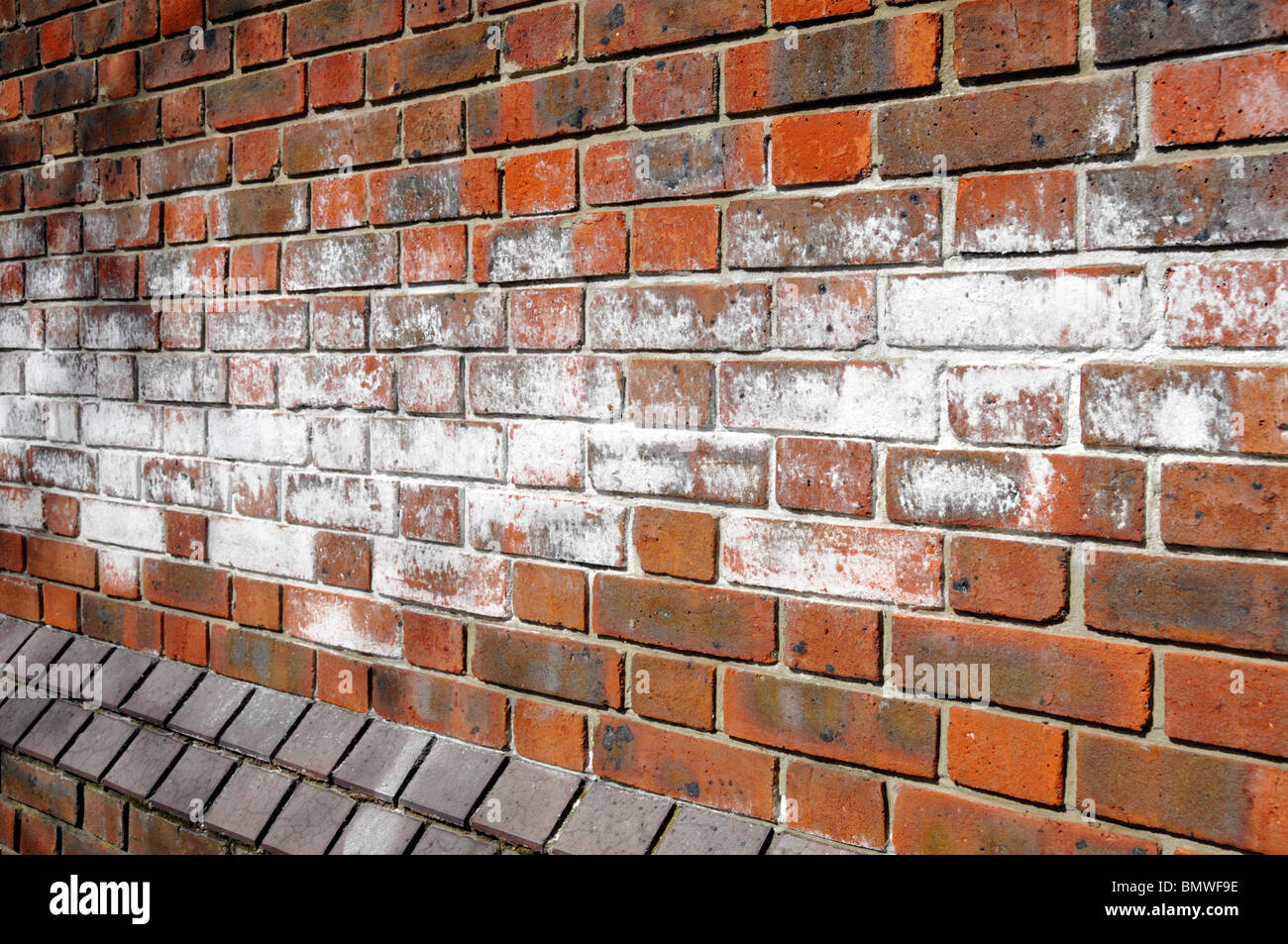Mass masonry parapet walls, common in Vancouver’s historic and modern buildings, pose unique challenges for waterproofing and insulation due to their ability to absorb and store water. In Climate Zone 5’s wet, temperate environment, with over 1200 mm of annual rainfall, improper detailing can lead to moisture infiltration, efflorescence, and structural damage, particularly when retrofitting for energy efficiency. At Simon Green Works, we apply building science to create resilient, high-performance parapet assemblies. This article explores moisture dynamics, water control strategies, insulation techniques, and Vancouver-specific considerations for waterproofing and insulating mass masonry parapet walls, ensuring durability and sustainability.
Understanding Moisture Dynamics in Mass Masonry
Mass masonry, such as brick or stone, acts as a reservoir, absorbing water through hygric redistribution and releasing it to drier areas, a process historically relied upon for rainwater control. However, insulating these walls to meet modern energy codes reduces heat flow, slowing drying and keeping walls wetter and colder, increasing risks of efflorescence, spalling, and condensation. Dissolved salts in water, driven by evaporation or freezing, can cause brick to crumble, while moisture hitting impermeable roof membranes at parapets condenses, dripping into interiors and fostering mold. In Vancouver’s humid winters (85–95% RH), these dynamics demand robust water and vapor management to protect both masonry and interior framing.

Water Control Strategies
Effective waterproofing begins with reducing water absorption into masonry. Vapor-permeable penetrating sealers, like silanes or siloxanes, fill pores in brick and mortar, creating hydrophobic surfaces while allowing vapor diffusion, ideal for preserving Vancouver’s heritage facades. These sealers reduce surface absorption by 70–80%, minimizing bulk water entry. Mineral silicate paints, chemically bonding to masonry, offer a vapor-permeable alternative, retaining vibrancy without peeling. Major cracks or voids at parapets must be repaired with compatible mortars to prevent water ingress.
A continuous drainage plane, using a taped high-density polyethylene dimple mat (e.g., Delta MS), uncouples damp masonry from interior framing, allowing water to drain to a foundation tile and discharge via sump pumps. The mat, mechanically fastened and vented at the parapet top, facilitates three-dimensional airflow, reducing hydrostatic pressure. Coping caps, critical at parapet tops, must include drip edges or kerfs to shed water, integrated with flashing membranes (e.g., SBS asphalt) to prevent infiltration. In Vancouver’s high-rainfall climate, these measures are essential to protect moisture-sensitive components.
Insulation Techniques for Energy Efficiency
Insulating mass masonry parapets requires balancing thermal performance with moisture safety. Exterior rigid insulation, like polyisocyanurate (R-6/inch) or mineral wool (R-4.3/inch), applied above the roof deck, keeps framing at interior conditions (20–22°C), minimizing condensation. For a total R-20–30, 75–100 mm of polyiso or 100–125 mm of mineral wool is used, with staggered joints to prevent thermal bridging. A self-adhered air and vapor barrier ensures airtightness, integrated with wall WRBs.
For interior insulation, a taped smart vapor retarder at the ceiling level allows inward drying while blocking outward vapor diffusion, paired with vapor-permeable insulation like mineral wool or cellulose. Embedded wood rafters, common in older Vancouver buildings, pose rot risks; cutting them to bear on new interior walls or injecting borate rods mitigates decay. In Vancouver’s seismic zone, insulation must withstand dynamic loads, requiring robust anchorage.

Parapet Venting to Prevent Moisture Buildup
Venting mass masonry parapets is a proven strategy to intercept moisture before it condenses on impermeable membranes. A high-density polyethylene dimple mat, installed between masonry and the roof membrane, creates an air gap for ventilation. Vented coping, using corrugated plastic and vapor-permeable flashing, draws moisture out, reducing hydrostatic pressure. This approach ensures walls dry without compromising membrane integrity. In Vancouver’s humid climate, venting is critical for retrofits, especially in heritage buildings where exterior aesthetics must be preserved.
Vancouver-Specific Considerations
Vancouver’s Climate Zone 5 demands parapet assemblies that withstand heavy rainfall, high humidity, and seismic activity (0.46g acceleration). Silane sealers and dimple mats protect against saturation, while mineral wool’s fire resistance suits urban fire risks. BC’s seismic codes require reinforced connections (50 kN/m), and insulation must support green roof loads (200–500 kg/m²) common in sustainable projects. Local bylaws, part of Vancouver’s Greenest City Action Plan, favor low-carbon materials, offering density bonuses ($100,000–500,000) for high-performance retrofits. Regular maintenance—inspecting copings and clearing drainage paths—is essential in rainy seasons. Homeowners should consult structural engineers to verify load capacity and ensure code compliance, leveraging local expertise for durable assemblies.
Why Simon Green Works?
Simon Green Works delivers waterproofing and insulation solutions for mass masonry parapets, rooted in building science and tailored to Vancouver’s wet climate. Our expertise ensures durable, sustainable assemblies that preserve your building’s integrity. Ready to upgrade your parapet walls? Contact us for a tailored consultation.
Sources
This article draws on insights from Sharif Asiri’s article, “Waterproofing and Insulating Mass Masonry Parapet Walls,” published by ASIRI Designs (Waterproofing and Insulating Mass Masonry Parapet Walls). Additional perspectives are informed by “Guide to Creating Weatherproof Parapet Walls” from Premier Guarantee (Guide to Creating Weatherproof Parapet Walls) and “Waterproofing Parapet Walls” from LBM Journal (Waterproofing Parapet Walls).